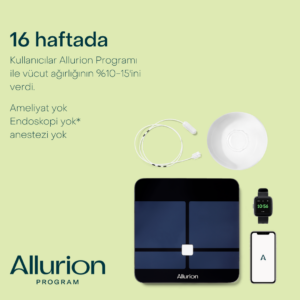What is Umbilical Hernia?
Umbilical hernia (umbilical hernia) is the bulging of the intra-abdominal organs outwards from the navel or its surroundings. It may occur in the umbilicus or around the umbilicus. It is the 2nd most common type of hernia. It is more common in women.

What are the Symptoms of Umbilical Hernia?
Flattening and bulging outwards in the umbilical pit, swelling under the skin, pain in the area, abdominal pain in the form of cramps, especially after eating, may cause complaints such as constipation. Thinning of the umbilical skin, discolouration of the umbilicus, wounds on the skin are signs of advanced hernia.
How is Umbilical Hernia Diagnosed?
Detailed anamnesis and physical examination are sufficient for diagnosis. In case of suspicious findings in the examination, when evaluation is required in terms of accompanying gallstones, ultrasonography or, if necessary, tomography can be performed to determine the size of the patch to be used during closed surgery.

What is Umbilical Hernia Treatment?
Like all hernias, umbilical hernia can be treated with surgery. Whether the treatment of the hernia is open or closed, the aim is to repair the tissue loss and strengthen it with a synthetic patch material.
What is the risk if umbilical hernia is not treated?
Since the organ that bulges from the abdominal wall is often the intestines, if this intestine area in the hernia is compressed in the hernia sac, its circulation is impaired, the operation becomes urgent, and this intestine part, whose circulation is impaired and gangrenised during the operation, may need to be removed.
Laparoscopic (Closed) Umbilical Hernia Surgery
Although umbilical hernia surgeries can be performed with open repair, with today's modern medicine and technologies, almost every hernia patient can be operated with closed repair. These are surgeries performed under camera guidance with special devices of 0.5-1 cm placed on the abdominal wall. The operation starts with the opening of the adhesions caused by hernia in the abdomen. After the opening in the abdominal muscle layer is clearly revealed, the edges are closed with approximation sutures. The specialised patch material of the appropriate size for this area is placed on the abdominal wall and the patch is attached to the abdominal wall with staple materials specially designed for this operation. After the operation, the patient recovers in a short time and can continue his/her daily life. There is no need for any restriction of movement.



Comment: